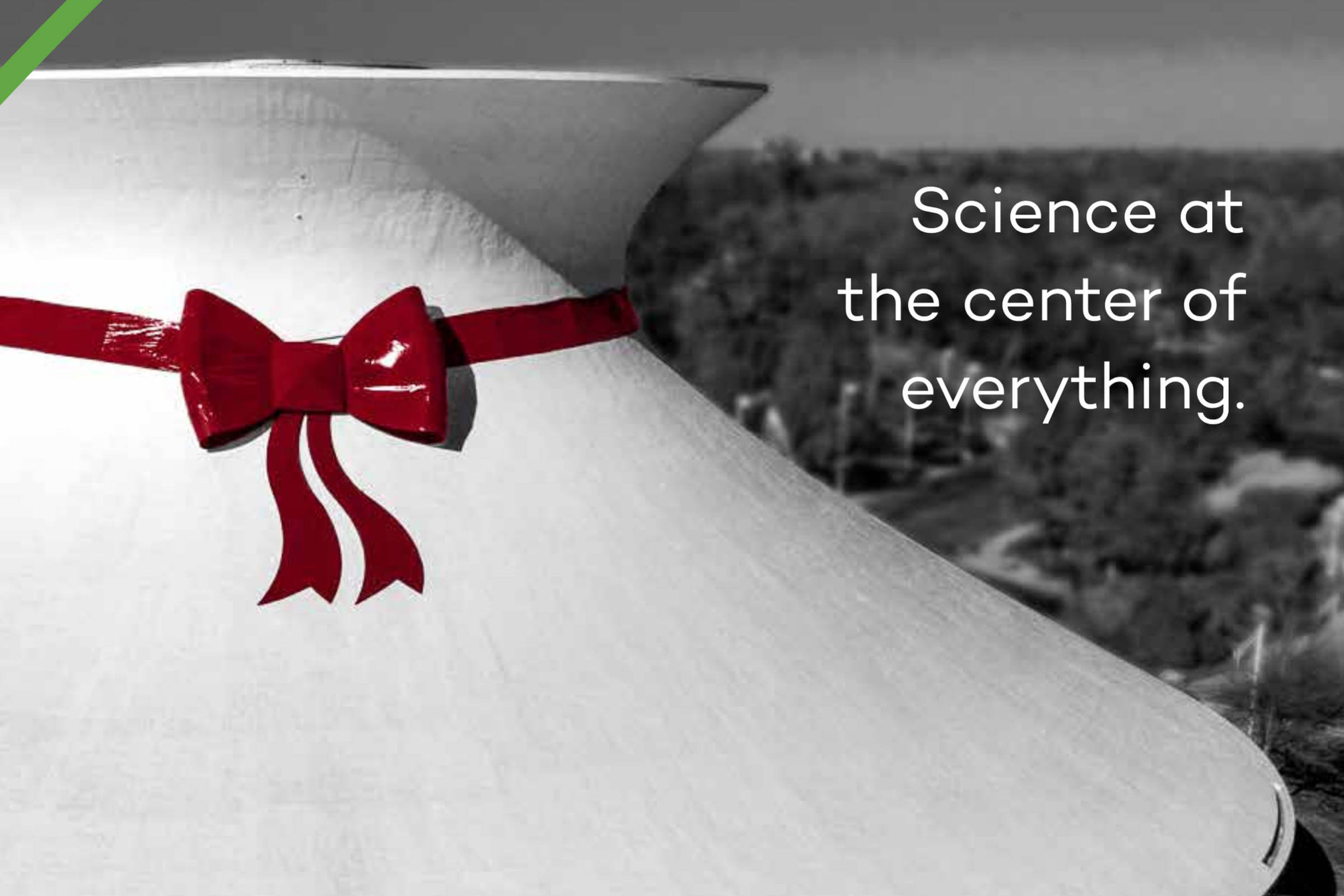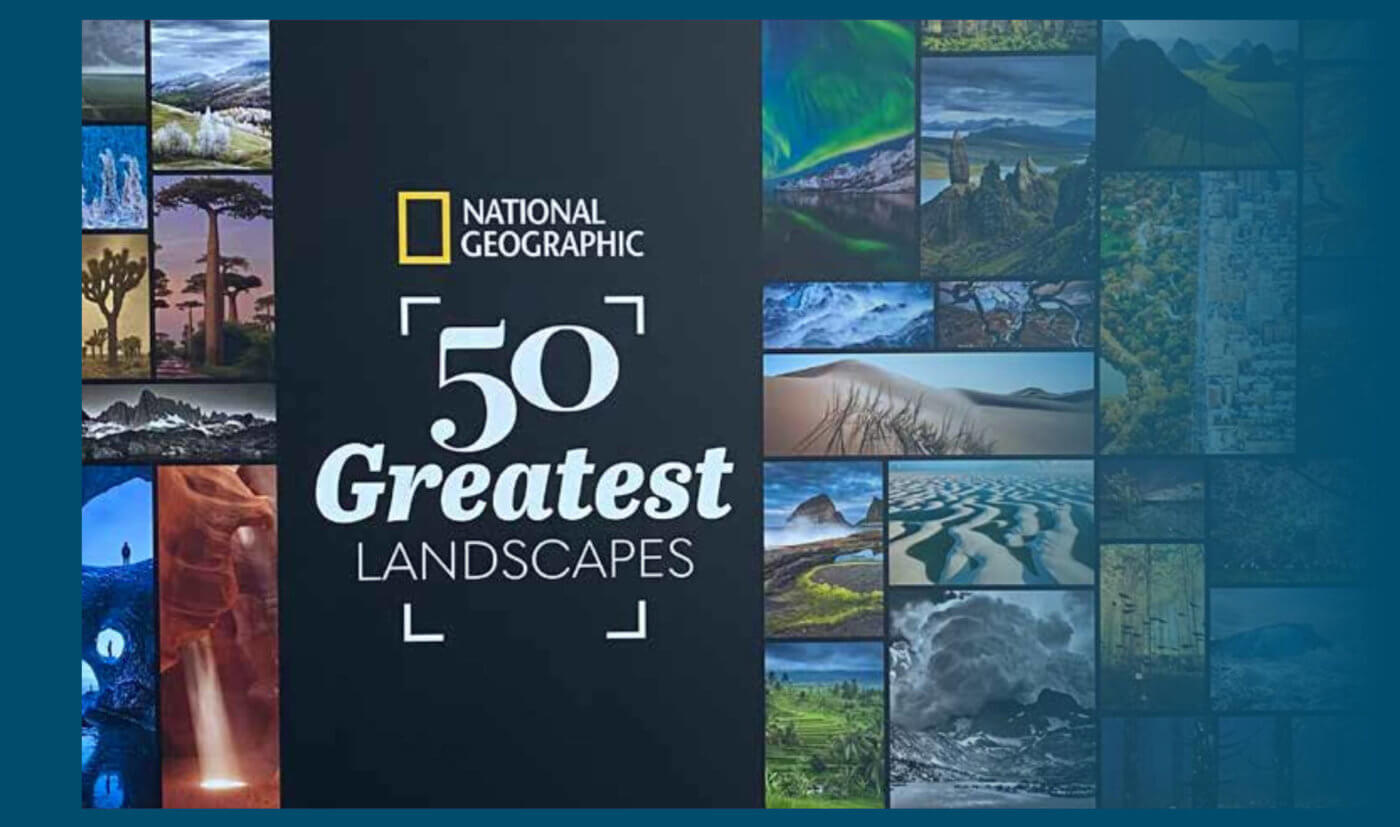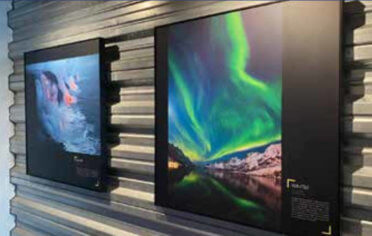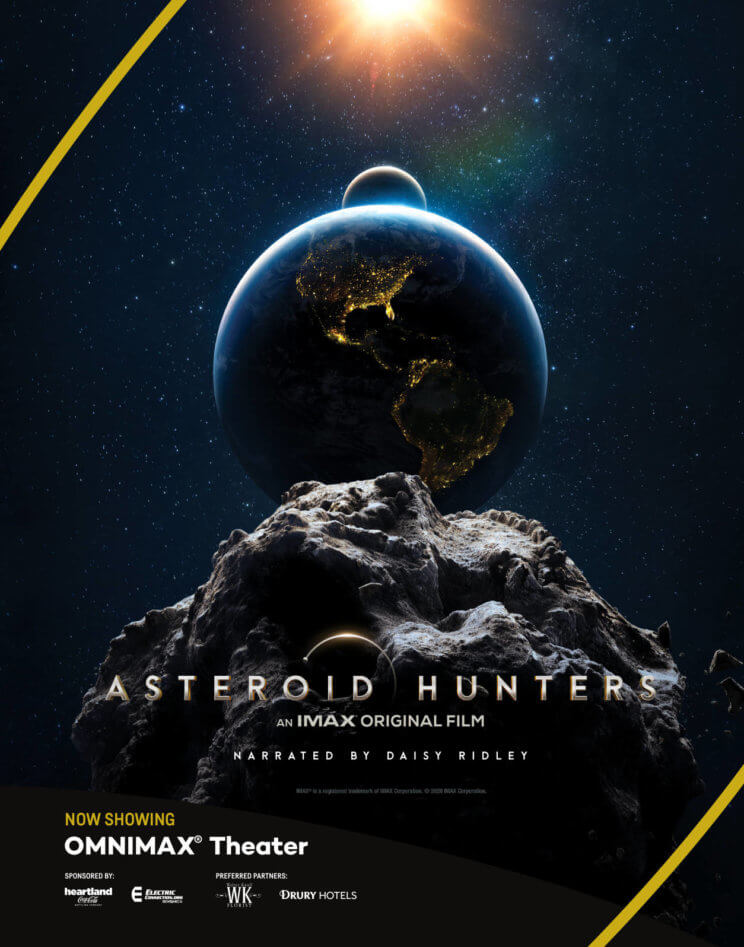

The Winter Wonder in National Geographic’s 50 Greatest Landscapes
Although we often associate winter with staying indoors, eager for spring, the winter season offers some of the most stunning aspects of our planet. One of winter’s most spectacular natural phenomena is the aurora borealis, or northern nights. In National Geographic’s 50 Greatest Landscapes, you can see the northern lights shining a brilliant green over Tromsø, Norway, from photographer Babak Tafreshi.
But what is the aurora borealis? And is it visible in St. Louis? Named for the Roman goddess of the dawn, the aurora borealis is a colored light display visible at high latitudes, typically near and within the Arctic Circle. It occurs when electrons and protons from the Sun, known as the solar wind, enter the Earth’s atmosphere. There, many miles up, they collide with gas molecules, causing these molecules to emit light. Depending on the type of molecules and their location in the atmosphere, the lights can be a variety of patterns and colors, from pale green to deep red or bright purple.

Though rare, the auroa borealis has actually been observed in the St. Louis region. After a strong solar storm, if enough particles are released toward Earth they can cause the northern lights to be visible much farther south than usual. Our region’s most recent sighting of aurora borealis took place in 2014. With the sun moving toward solar maximum, an increased period of solar activity, between 2023 and 2026, it is possible we’ll have another opportunity to see an aurora in just a few years!
Don’t miss Babak Tafreshi’s stunning image of the northern lights, as well as many other incredible winter landscapes, in National Geographic’s 50 Greatest Landscapes on display until January 4, 2021.
During the pandemic this year, First Friday remained something members and guests could look forward to. Although attendees joined from home rather than inside the Science Center, virtual First Friday From Home events continued providing engaging connections to STEAM topics across the science spectrum:
Starting in May of 2020, First Friday From Home brought the community event into the digital realm using Facebook and social media for Mega Movie Monsters.
In June, First Friday: Wonder Woman brought a live-streamed presentation from Pamela Toler, author of Women Warriors: An Unexpected History, to talk about courageous women throughout time.
August’s First Friday: Star Trek delivered a presentation from astrophysicist Dr. Erin Macdonald, a science consultant involved in the Star Trek universe, on the physics of Star Trek.
October’s First Friday: Mystery Night featured a presentation from the nonprofit Illinois Innocence Project on how they use science to help exonerate people wrongly convicted of crimes.
While First Friday has adapted to this new way of connecting, the First Friday team is excited to bring the event back into the building once it’s safe to do so. Stay tuned for new opportunities to experience the science behind your favorite science-fiction in 2021!
Asteroid Hunters
NOW PLAYING
 Embark on an incredible adventure into deep space for a fascinating look at asteroids, their cosmic origins and the potential threat they pose to our world.
Embark on an incredible adventure into deep space for a fascinating look at asteroids, their cosmic origins and the potential threat they pose to our world.
Learn about the science of planetary defense and the scientists working to protect the earth from the destruction of an asteroid impact.
Discover the cutting-edge tools and techniques asteroid scientists use to detect and track the asteroid population in our solar system and how science, ingenuity and determination combine to study our world’s most preventable natural disaster.
Filmed using IMAX® cameras and utilizing awe-inspiring images and heart-pounding audio for a fully immersive experience, Asteroid Hunters explores our solar system and showcases the incredible importance of asteroid research and planetary defense. Narrated by Daisy Ridley (Star Wars), Asteroid Hunters will transport you into space and uncover the science, knowledge and communication that can be powerful enough to save our planet.
Asteroid Hunters is written and produced by Phil Groves, produced by Jini Durr and directed by W.D. Hogan.






